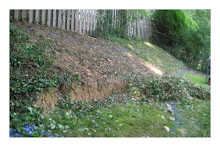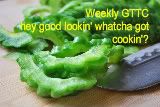When my daughter goes to her ballet classes, I generally go for a long run/walk if it’s nice out, or I’ll read in my car if it’s not. However, before I developed these healthy habits, I used to while away the time at the shopping strip just through the trees from the side of the studio. This is when I discovered the treasure trove of stuff at Bed Bath and Beyond. Piled high from floor to ceiling is glorious household stuff – and it’s all stuff YOU REALLY NEED. There was a point when I bought a new appliance every week – waffle iron, ice cream maker, portable heater, juicer…
Of all the appliances stored in my closet, the food dehydrator has come upon the most use. As a gardener and frequent farmer’s market purveyor of ripe summer fruits, July/August/September means a lot of delicious drying food is working its way through those dehydrator trays. A favorite? Homemade fruit leather.
You can get complicated with this, and many recipes do. You can add lemon juice to prevent the fruit leather from darkening, there are instructions for straining your mixture, you can add sugar (no!). But the recipe below is all you need to know if you’ve never made fruit leather and want to try:
Fruit Leather Recipe
1) Puree a few soft fruits like the peaches we used here.
2) Pour into the fruit leather tray – right up to the top of the fruit leather tray is fine.
3) Dry until totally leathery. You’ll know when that is (about 6-8 hours? Food dehydrators are very forgiving and you can’t mess it up!). It won't be wet and you'll be able to lift and peel it off of the tray in one piece.
4) Peel off the tray. One side will be stickier than the other. Stick that side to wax or parchment paper. That’s it!
 |
| This flexible fruit leather tray sits on top of the slatted dehydrator below. To make life even easier, place fruit leather tray on the rigid dehydrator tray before filling. |























